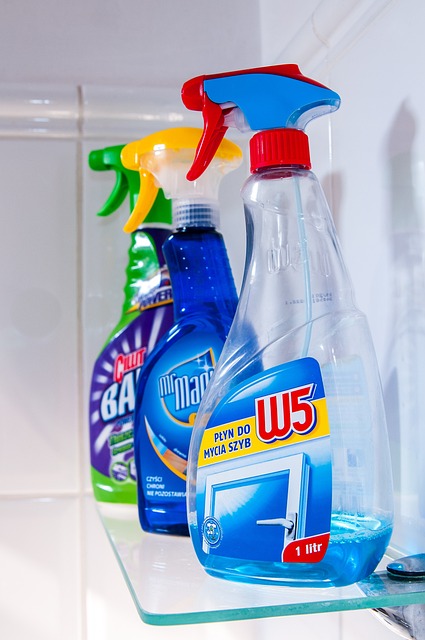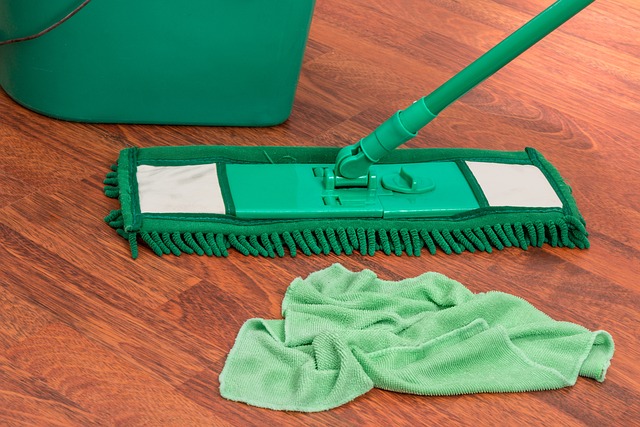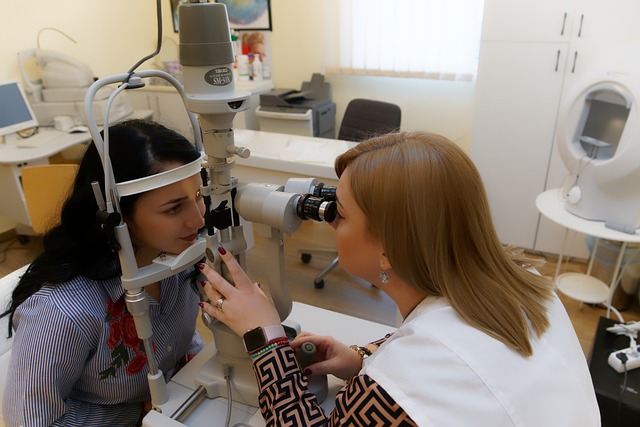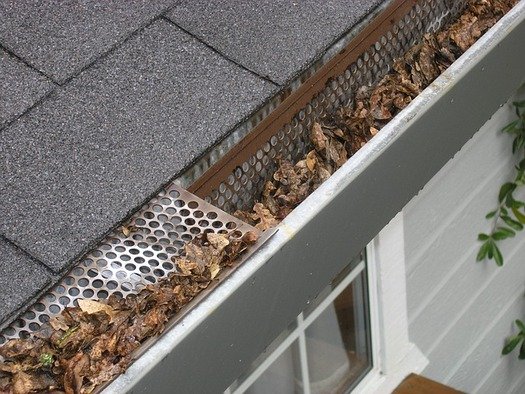When it comes to cleaning our homes, we rely on an array of cleaning products to keep everything tidy and sparkling. But have you ever stopped to think about what’s actually in those products? Understanding the ingredients in your cleaning products is crucial for several reasons. Not only can it help you make informed choices about what you bring into your home, but it can also ensure the safety of your family and the environment.
In this blog post, we’ll dive deep into the world of cleaning product ingredients, exploring their purpose, potential hazards, and alternatives. Let’s embark on this journey together and empower ourselves with knowledge!
Table of Contents
The Importance of Knowing Cleaning Product Ingredients
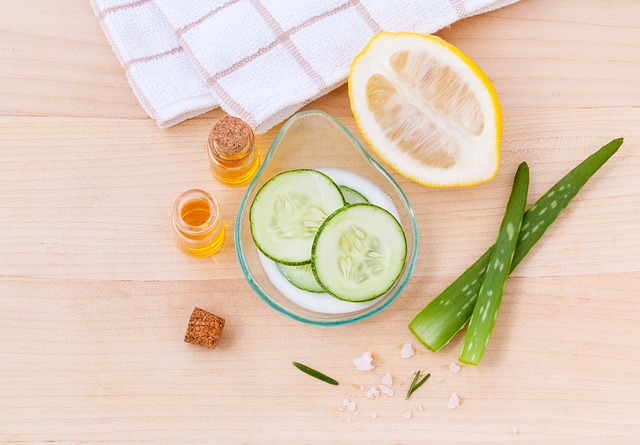
Have you ever wondered why it’s essential to understand the ingredients in your cleaning products? Here are a few reasons to consider:
- Protecting your health: Some cleaning product ingredients can be harmful to your health, especially if you have allergies, asthma, or sensitivities. By knowing the ingredients, you can avoid potential triggers and make safer choices for yourself and your loved ones.
- Ensuring environmental friendliness: Many conventional cleaning products contain ingredients that can harm the environment. By learning about the ingredients, you can opt for eco-friendly alternatives that are gentle on our planet.
- Avoiding harmful chemicals: Cleaning products often contain chemicals that may have adverse effects on your health or the environment. Understanding these chemicals allows you to avoid potential risks and opt for safer options.
- Making informed purchasing decisions: Armed with knowledge about cleaning product ingredients, you can make more informed purchasing decisions. You’ll be able to choose products that align with your values and meet your specific needs.
8 Pros and Cons of Using Natural Cleaning Products for Your Laundry
Common Cleaning Product Ingredients and Their Purpose
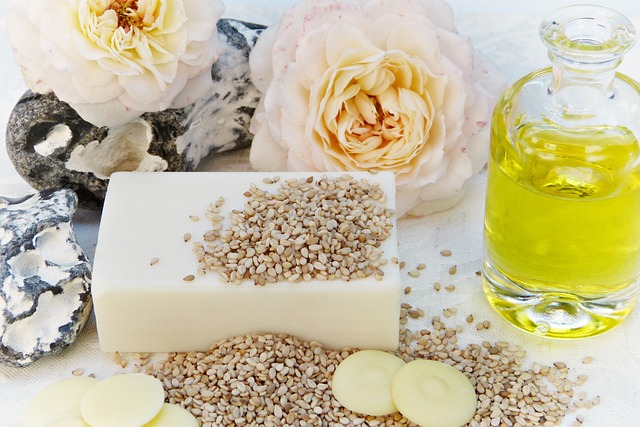
Cleaning products consist of various ingredients that serve specific purposes. Let’s explore some common ingredients found in cleaning products and their functions:
- Surfactants: Surfactants are the workhorses of cleaning products. They help break down grease, dirt, and grime, making them easier to remove. Surfactants reduce the surface tension of water, allowing it to spread and penetrate surfaces effectively.
- Solvents: Solvents are responsible for dissolving or dispersing substances. They help remove stains, grease, and oils from surfaces. Common solvents include ethanol, isopropyl alcohol, and glycol ethers.
- Chelating agents: Chelating agents are ingredients that bind to metal ions and prevent them from interfering with cleaning processes. They improve the effectiveness of other cleaning agents and help prevent mineral deposits.
- Fragrances: Fragrances are added to cleaning products to provide a pleasant scent after cleaning. However, it’s important to note that some people may be sensitive or allergic to certain fragrance ingredients. Opting for fragrance-free products can be a safer choice for those with sensitivities.
- Preservatives: Preservatives are used to prevent the growth of bacteria, fungi, and other microorganisms in cleaning products. While necessary to ensure product safety and shelf life, some preservatives can be potential allergens or irritants.
- Acids and bases: Acids and bases are often used in cleaning products for their specific cleaning properties. Acids, such as citric acid or vinegar, are effective in removing mineral deposits and stains, while bases like sodium hydroxide help break down fats and proteins.
- Enzymes: Enzymes are naturally occurring substances that can break down complex molecules like proteins, starches, or fats. They are commonly used in laundry detergents and stain removers to enhance their cleaning power.
How to Properly Clean and Store Your Cleaning Supplies
Potential Hazards and Safer Alternatives
While cleaning product ingredients serve a purpose, some can pose potential hazards to human health and the environment. Here are a few ingredients to be aware of and some safer alternatives to consider:
- Phthalates: Phthalates are commonly used as fragrance ingredients and can be potential endocrine disruptors. Look for phthalate-free products or choose fragrance-free alternatives.
- Ammonia: Ammonia is a strong irritant that can cause respiratory issues and skin irritation. Replace ammonia-based cleaners with vinegar or hydrogen peroxide solutions for a safer and more effective cleaning experience.
- Chlorine bleach: Chlorine bleach can release harmful fumes and irritate the eyes, skin, and respiratory system. Consider using oxygen-based bleaches or hydrogen peroxide as safer alternatives.
- Formaldehyde: Formaldehyde is a known human carcinogen and can be found in some cleaning products. Opt for formaldehyde-free options or natural cleaning alternatives like baking soda, lemon juice, or vinegar.
- Synthetic dyes: Synthetic dyes used in cleaning products can be potential allergens. Look for products without artificial colourants or choose dye-free alternatives.
Reading and Understanding Labels
Reading and understanding the labels on cleaning products can provide valuable information about their ingredients and potential hazards. Here are a few tips to help you navigate product labels effectively:
- Look for ingredient lists: Cleaning products should have an ingredient list on the label. Check for specific ingredients you may want to avoid or research further.
- Recognize hazard warnings: Pay attention to hazard warnings and symbols on the label, indicating potential risks associated with the product.
- Research unfamiliar ingredients: If you come across unfamiliar ingredients, take the time to research them. Look for credible sources to understand their potential effects on health and the environment.
Safer Cleaning Alternatives
If you prefer to steer clear of conventional cleaning products altogether, here are some safer alternatives you can try:
- Homemade cleaning solutions: Create your own cleaning solutions using simple ingredients like vinegar, baking soda, lemon juice, and hydrogen peroxide. These natural alternatives can be effective and safer for your health and the environment.
- Eco-friendly brands: Look for cleaning product brands that prioritize environmentally friendly and non-toxic ingredients. Many companies now offer plant-based, biodegradable, and cruelty-free cleaning options.
Conclusion
Understanding the ingredients in your cleaning products empowers you to make informed choices that prioritize your health and the well-being of the environment. By recognizing potential hazards and seeking safer alternatives, you can create a cleaner, healthier, and more sustainable living space. Take control of the products you bring into your home, and let knowledge guide you towards a safer and greener cleaning routine.





